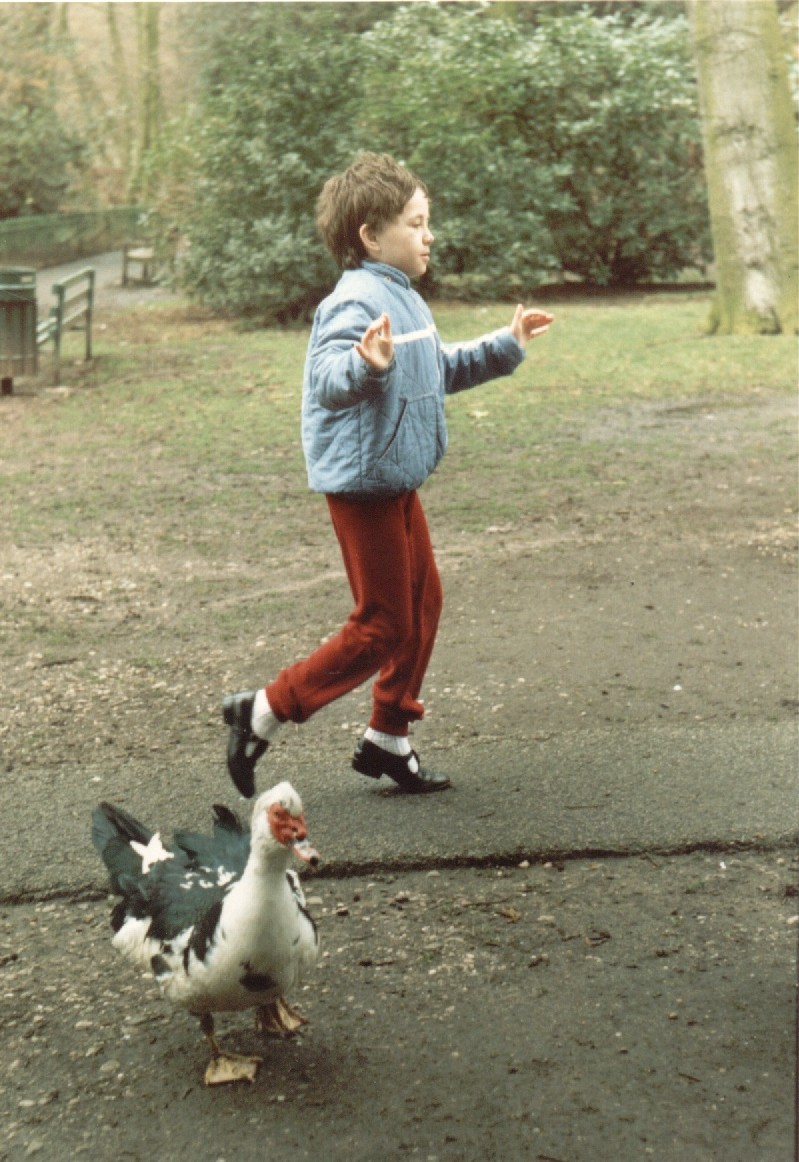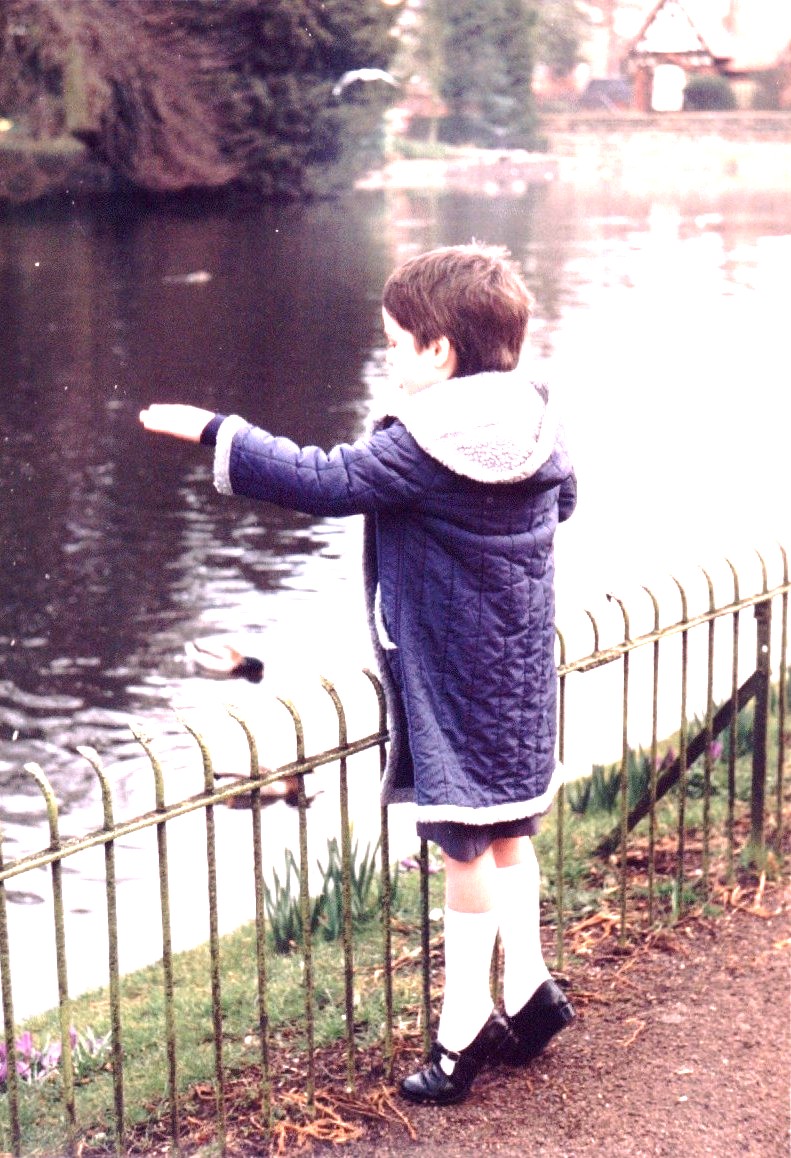



The phenomenon of toe-walking,
(and toe-standing)
A small percentage of S.L.D. children habitually walk on their toes. They are able to walk normally but walking on the toes seems to be the preferred and most comfortable manner of walking. Constant injunctions to 'walk properly' by care staff over the years results in nothing more than a compliance with each request for a few minutes, and then the toe walking resumes. Such interventions are a complete waste of time, and indicates the erroneous belief that the child chooses deliberately, for some obscure reason, perhaps perversely, to walk in an unnatural fashion.
It is well known that:-It is not hard to see, in our toe-walker, a sufferer from a minor or residual U.M.N dysfunction. While the extension has disappeared from most joints of the legs, that at the extremities, the ankles has not, with the result that the child walks on her toes. This remnant or vestigial form is associated with the extremity of the limb, the foot, because, as in the development of neural control in the infant, the pattern of recovery proceeds from the center to the periphery or extremities of the body.
Normal babies, when first learning to walk, often do so on their toes. The child's nervous system is immature, it learns to control proximate parts first and distal parts, e.g. limb extremities, only later. As time goes on primitive response patterns are replaced by more mature ones . C.N.S damage will delay development of control of high centres over low ones and the replacement of primitive response patterns by more organised and mature ones.
Go back to top of page